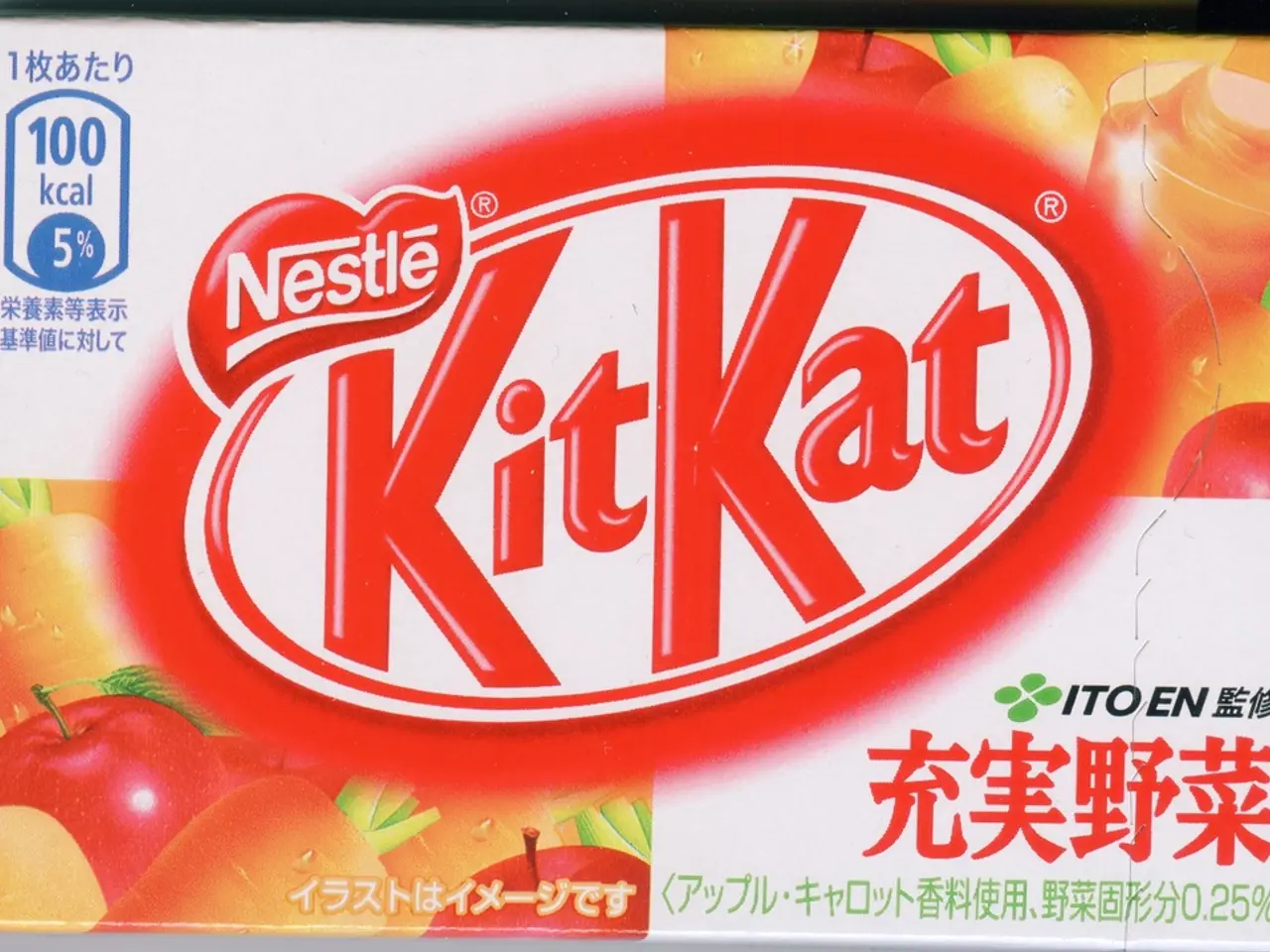Comparing Calorie-monitoring Diets Tailored for Senior Citizens
The 90/10 Weight-Loss Plan, developed by registered dietitian Joy Bauer, offers seniors a practical and flexible framework for weight loss and improved nutrition. The plan encourages the consumption of 90% nutrient-dense, healthy foods at home, while allowing 10% of the diet to consist of "fun" or indulgent foods when eating out [1].
One of the key advantages of this approach is its focus on balanced nutrition. Prioritising nutrient-dense foods ensures seniors get essential vitamins, minerals, fiber, and antioxidants needed for overall health and aging well [1]. This supports good nutrition by focusing mostly on wholesome foods.
The plan also offers sustainable flexibility. Allowing 10% of the diet for enjoyable foods helps prevent feelings of deprivation, which can increase long-term adherence to healthy eating plans. This flexibility can make weight loss efforts more sustainable.
Emphasising nutrient-rich foods tends to lower calorie density while providing satiety, which helps in gradual, healthy weight loss—a critical goal for many seniors. Additionally, a diet rich in nutrient-dense foods supports heart health, cognitive function, bone strength, and metabolic health, which are all important for aging populations.
However, the plan does have its drawbacks. The 10% "fun foods" allowance, if not carefully managed, could lead to overeating calorie-dense or low-nutrient foods, which may stall weight loss or affect health.
Moreover, the plan does not appear to explicitly tailor macronutrient ratios or address other senior-specific concerns such as protein needs for muscle maintenance, hydration, or adjustments for chronic conditions. Success requires consistent self-monitoring and discipline to maintain the 90/10 ratio, which some seniors might find difficult without coaching or structured support.
Another concern is the lack of explicit guidance on physical activity. Nutrition is only part of healthy aging; regular exercise is crucial for maintaining muscle mass and metabolic health in seniors.
For optimal long-term outcomes, it would ideally be paired with guidance on physical activity and personalised nutrition adjustments. The 90/10 Weight-Loss Plan provides a list of fun foods that can account for one serving (250 calories) a day, but the lack of high-fiber carbs at the lowest calorie level could cause constipation, an often troublesome problem for folks over 50.
Calorie counting is incorporated into the diet plan, assuming you stick with the menus. The diet offers more menus than most other diets, with two weeks' worth of menus for each of the three calorie levels (1,200, 1,400, and 1,600). However, it's important to note that health experts consider a weight loss of up to ten pounds during the first two weeks to be unsafe.
In conclusion, the 90/10 Weight-Loss Plan offers a balanced approach to weight loss and improved nutrition for seniors. While it provides a practical and flexible framework, it's essential to approach it mindfully to ensure that the 10% indulgence does not undermine weight loss or health goals. For optimal long-term outcomes, it would ideally be paired with guidance on physical activity and personalised nutrition adjustments.
[1] Bauer, Joy. (2021). The 90/10 Weight-Loss Plan for Seniors. Simon & Schuster.
- Seniors following the 90/10 Weight-Loss Plan can benefit from a diet rich in nutrient-dense foods, which promote overall health, including heart health, cognitive function, bone strength, and metabolic health, essential for aging populations.
- The plan's focus on nutrient-rich foods also helps in promoting gradual, healthy weight loss, due to their lower calorie density and associated satiety.
- However, it's crucial for seniors to manage the 10% allowance for "fun" foods carefully to prevent overeating calorie-dense or low-nutrient foods, which could lead to weight loss stalls or negative health impacts.
- Additionally, to ensure optimal long-term outcomes, the plan could be augmented with guidance on physical activity, personalized nutrition adjustments, and addressing senior-specific concerns like protein needs for muscle maintenance, hydration, and chronic conditions, as well as incorporating high-fiber carbs to prevent digestive issues in older adults.




